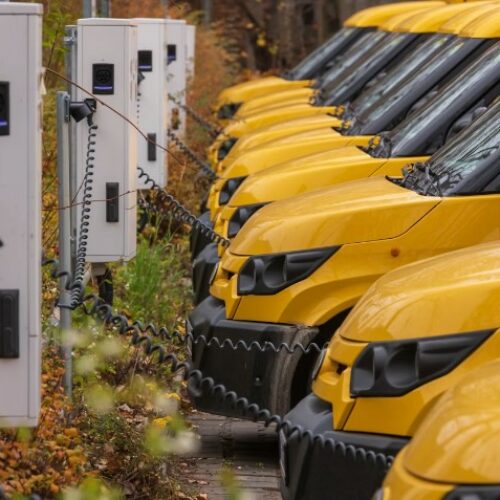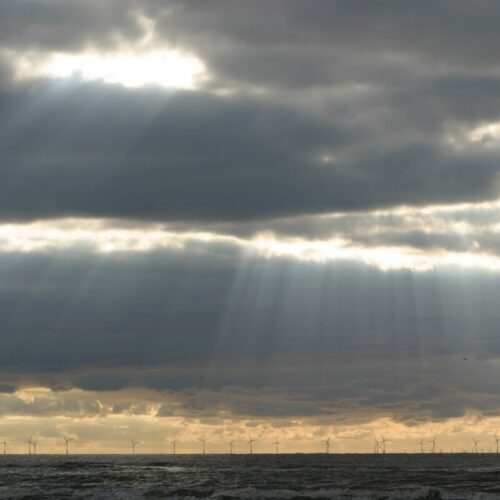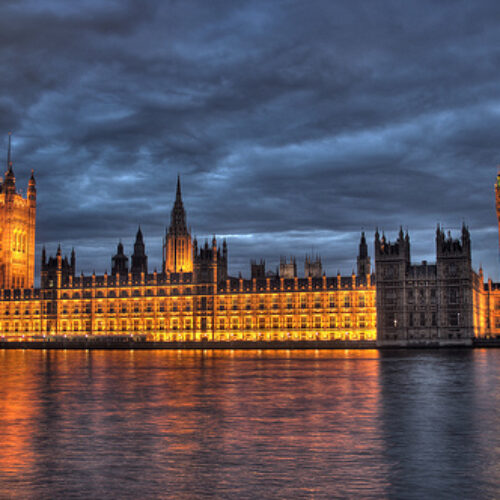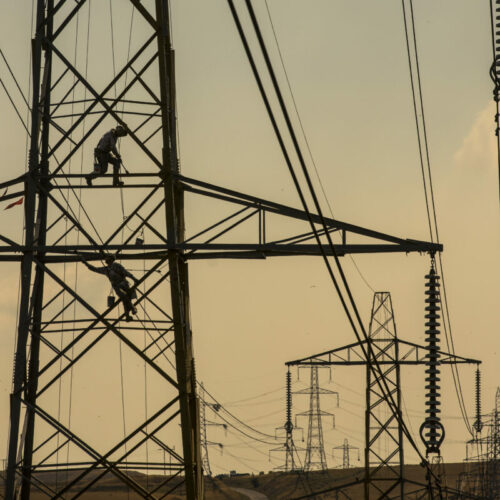Virtual Power Plants (VPPs) are becoming an increasingly important part of the UK’s energy system and have a key role to play in ensuring that the UK hits its net-zero targets. VPPs enable connection with and control of assets, usually small assets, to enable them to participate in energy trading and balancing markets. VPPs make quicker, aggregated responses from a variety of assets possible and ensure that energy consuming and/or producing assets are used in a way that better supports the UK’s energy system.
As penetration of both transmission and distribution connected intermittent renewable generation increases, VPPs can provide a coordinated response across the system. This includes support for increased stability at a national level and improved energy balancing at a more regional level in order to both help alleviate grid constraints and promote localisation of energy.
Supporting system-wide stability
As we have seen in recent weeks and months, the intermittence of renewables coupled with changes in demand are creating a volatile market. Moving away from large, steady power stations to intermittent renewables increases imbalance potential from sudden changes in weather and requires fast acting assets to be available to respond quickly to meet the system needs.
In response to this market opportunity, battery projects are springing up across the UK and their sole purpose is to participate in system balancing. However, we should not ignore the significant balancing resource that is already available to us in the form of flexible generation and load such as HVAC, backup power and CHPs. Additionally, there will be a sizeable flexible load from new technology that will become available to us over the coming years, with the growth in electric vehicles (EVs), vehicle-to-grid (V2G), and even hydrogen electrolysis.
Utilising this demand in a way that maximises flexibility to better balance renewables requires a complex solution. It requires an understanding of each asset’s limitations, and its current commitments. If we take a heat pump that uses a lot of electricity to create the heat, it would be better if that electricity was used during the day, when it is lovely and sunny in the South and incredibly windy in the North (as sometimes is the case!). Still, this could only be done if it is meeting the needs of its primary use case (i.e. heat). The optimisation and control strategy must take this into account, whilst understanding the site capabilities (i.e. if there is heat storage) while predicting what is likely to be happening across the system and markets.
Specific assets may require more complex solutions. For example, with the growth in EVs, we are essentially deploying batteries across the UK that can absorb excess renewable generation and help balance the grid when required. However, the added complication comes due to the need to know the driver’s schedule and charge expectations, which may vary from one day to the next.
The driver’s needs will always take priority in these cases, therefore, VPPs will need to understand the potential of this to ensure they meet any commitments they make to the system, allowing EVs to support grid stability.
Across National Grid’s Future Energy Scenarios, V2G creates a huge swing in the gigawatts required to support EV charging at peak demand and will create a large amount of potential charge to help support grid stability as renewables rise, if utilised correctly.
Localisation of supply and demand
There is no denying that we will continue to need the wider support of large-scale renewables across the system. Nonetheless, there is a growing desire to support this with more local generation, and local use of that generation. There is significant growth in renewable generation connecting at lower grid levels – driven by the desire of businesses to drive down carbon or provide the local area with low-carbon energy. However, they are often constrained to smaller deployment size by the fact that they have to be the off-taker themselves or have the burden of finding a long-term option to off-take the energy. This can be problematic for investment projects.
What is potentially required is a new market mechanism that gives the ability to dynamically agree to take energy from a local source (peer-to-peer trading). The ability to have more than one source of off-taker for renewable generation could be an important facilitator for enabling more private organisations to deploy generation. Creating the ability to apportion that energy across multiple customers would help reduce the risk associated with a number of these business cases.
VPPs will be well placed to help facilitate these types of transactions in the future and can act as a conduit between the end-customer that has either generation or demand, and the balance that is required, with markets facilitated by suppliers, the DSO and the National Grid.
Regulatory support for VPPs
The VPP space is likely to become increasingly complicated as new markets open up, and new technology comes online. What is clear is that a VPP has a key role to play in helping to manage and optimise the energy system and as such is key to helping the UK achieve net zero.
In support of this, industry regulation should look to create new mechanisms for encouraging smaller-scale renewable generation and deployment, in reflection of the success that’s been had at the larger-scale. Encouraging participation in flexibility markets by demand-side assets, or allowing more potential revenue streams for small renewable generation, could allow businesses and end users across the country to maximise the opportunities that are being created by the movement towards net zero.




